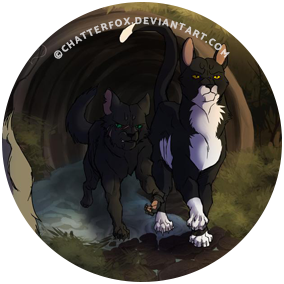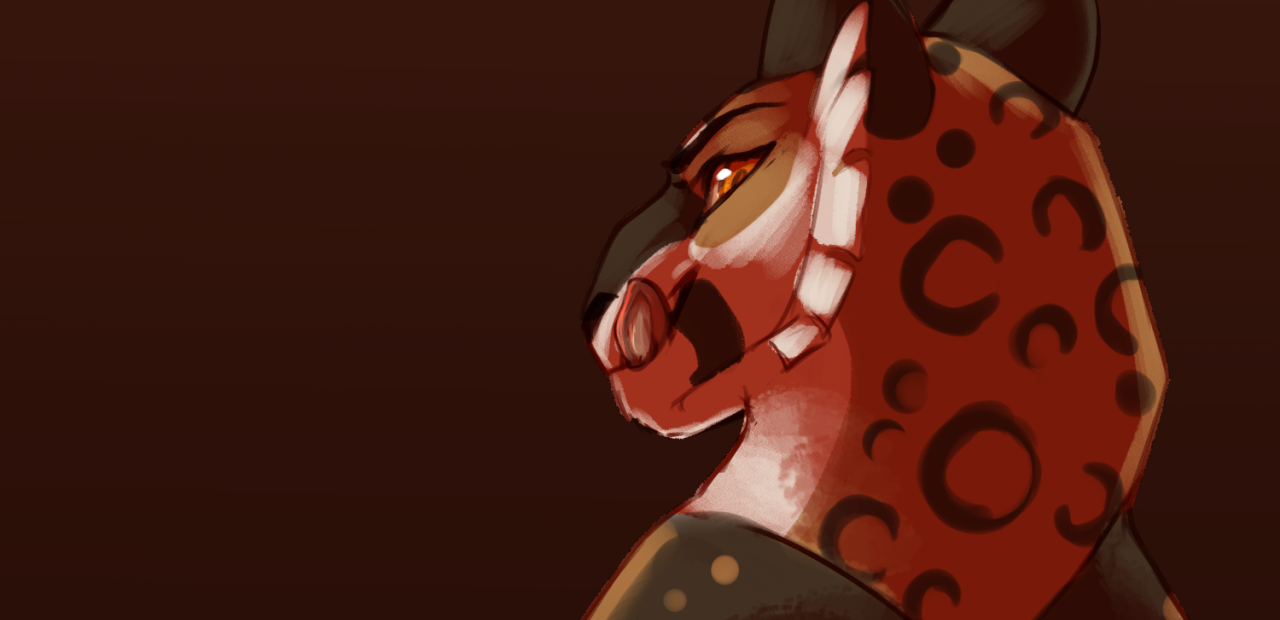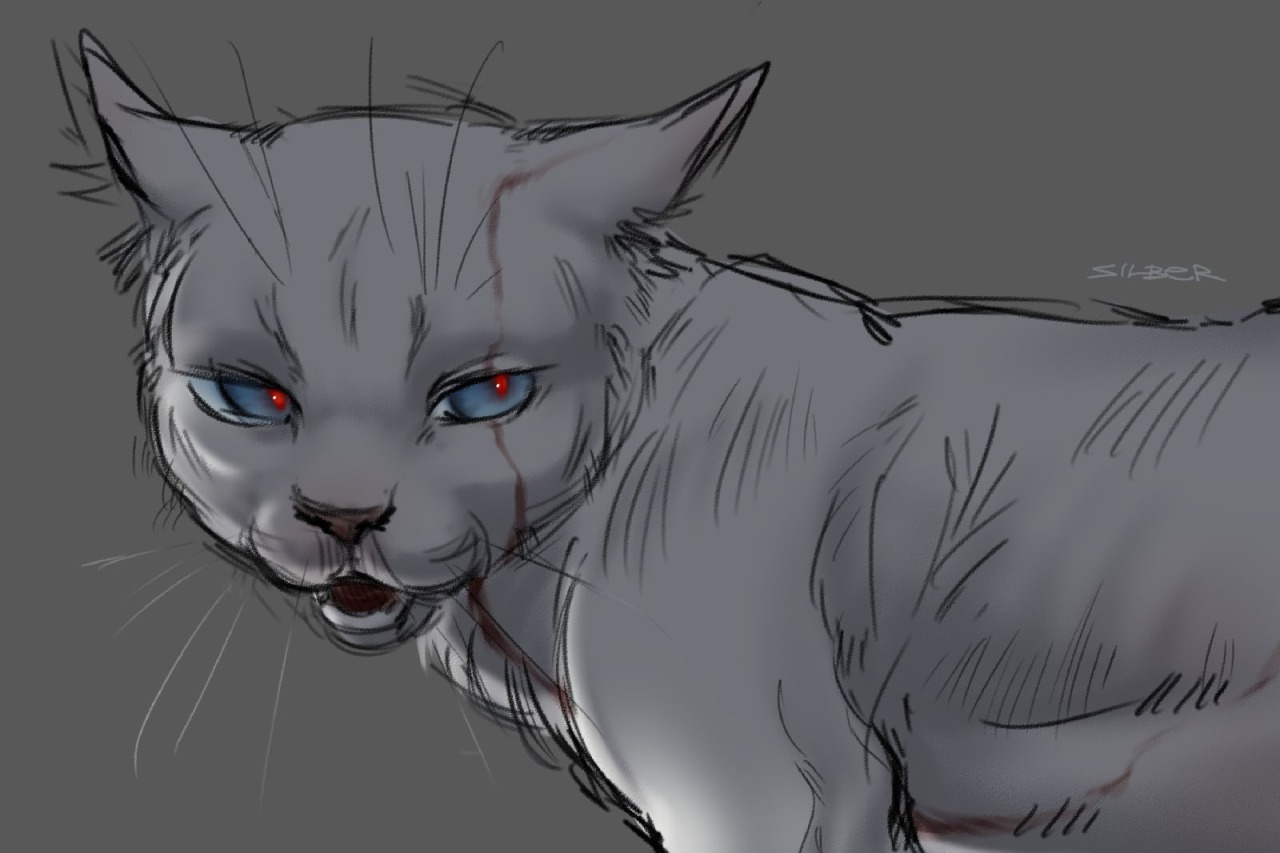
Destiny guides our paws…
Warrior Journeys
BY KATE CARY
It feels a long time since we could travel wherever we liked. This year, the COVID pandemic has kept us close to our homes. Happily, our warriors can still travel as far and wide as they please. As one of my favourite characters, Graystripe, prepares to set off on his own epic adventure in Graystripe’s Vow, I find myself thinking about some of the journeys our warriors have made in the past.
Warriors don’t often venture from their lands. Their hearts, and their sense of themselves, lie with their Clans. So why do they travel at all? It’s rarely simply for adventure. Most often, they are on a mission, as in Firestar’s Quest. Sometimes, as with Dovewing, they are running away. Occasionally, like Tigerheart, they are searching for someone or something they’ve lost. But always, they learn something about themselves on their journey and, far from their homes, they come to see the Clans – and their place in them – in a fresh light.
First, let me say that, as a writer, herding cats across unfamiliar territory is no easy task. There are unfamiliar sights and sounds which must be described in the language of the Clans. What does a warrior call a train when they’ve never seen a train before? (1) What do they call a railway track? (2)



Our destinies guide our paws, but they don't shape every step. – Lionblaze
And, when it is not just one cat but a whole Clan that is travelling, it is challenging for a writer to keep track of everyone as they squeeze beneath hedgerows or pick their way across fields. The first journey I wrote about was in Fire and Ice. ShadowClan (back in the day when ShadowClan were simply dark-hearted villains) had driven WindClan from their lands, and Fireheart and Graystripe – still inexperienced young warriors – were tasked by Bluestar with bringing home the lost Clan.
I struggled to describe WindClan’s return, overwhelmed by the number of cats that had to be kept moving, always worrying about leaving a straggler behind, fearful of boring the reader with too much description of the ever-changing landscape. Eventually, I realised that I could focus on a few key characters – a grumbling elder with aching paws, a plucky apprentice, an anxious queen or a vulnerable kit. These were characters who could represent the whole Clan and, by spotlighting them as they crossed a stream or leapt a ditch, it was possible to give a sense of the whole Clan moving without having to list every member.
Once a writer has overcome the practical difficulties of guiding their characters through unfamiliar terrain, they can focus on most important part of any journey: how it changes a character.
When we take a warrior out of their comfort zone and present them with fresh characters and difficult challenges, we are testing them. We want to find in them new strengths, and new weaknesses. We want to give our readers a chance to know them better, and to allow our characters to know themselves better.

Warriors are defined by their Clans – the routines of Clan life shape their words, thoughts and deeds, and the background chatter of their Clanmates influences not only how the reader feels about them, but how they feel about themselves. Once the Clan has been left behind, and our characters have no one to depend on but themselves, we come to see them afresh. They can no longer rely on their Clanmates; they alone are accountable for their choices, their decisions are wholly theirs. They must grow stronger, and smarter and rely on inner resources, which perhaps they never realised they had. When Tallstar, still a warrior named Talltail, left WindClan’s moorlands to search for justice for his father, he discovered that compassion and understanding were more important than revenge, and experienced a friendship so profound that it changed him forever. Could he have ever become leader of WindClan without these experiences?

As our characters learn new skills on their travels and make new friends, they begin to see themselves as individuals, free from the Clan’s rules and its influence. It is here that they can perhaps glimpse for the first time, their real selves, and the true nature of the Clan they left behind. Tigerheart’s time with the city cats helped him to understand his role in ShadowClan. He left feeling ShadowClan had no place for him but, after spending time with the city cats, who were so unlike any cats he’d known before, Tigerheart came to see more clearly what it is to be a warrior, far more clearly than if he’d stayed with his Clan. It was this knowledge that sent him home, more determined than ever to do his part for his Clan.
When we take a character outside the Clans, we are letting them decide for themselves how they want to live. And sometimes, warriors don’t want to return. Only by leaving can they see that they were not suited to Clan life. Like Ravenpaw, they find, in new places and among strange cats, a path that suits them better. But more often, a character’s journey away from their Clan reaffirms what they have sensed all along – that they are, above all, a warrior and their Clan will always be more important to them than their own life.




